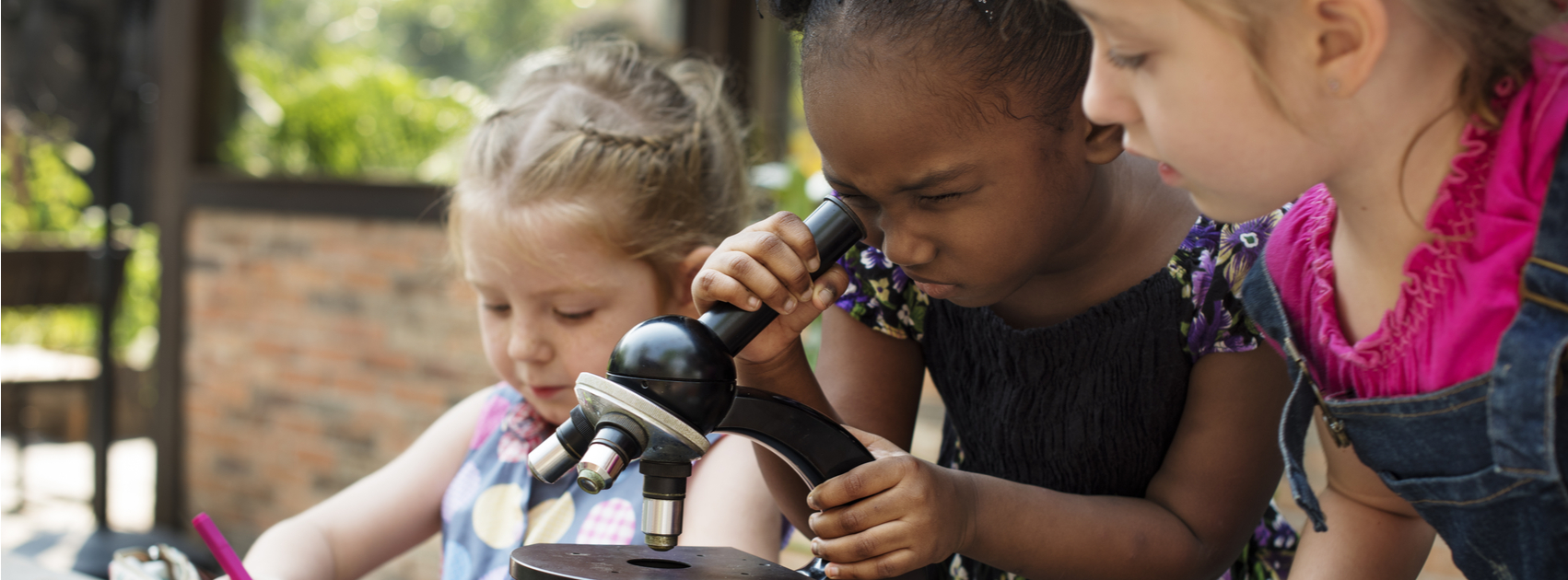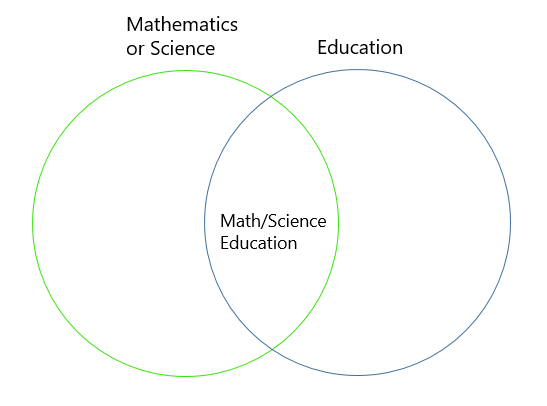Video Analysis
Videotape subjects to study their thinking through gesture, gaze, and utterances
Interviews
Use structured-clinical or think-aloud interviews to discover how subjects reason
Surveys
Ask subjects to share their opinions, ideas, and thinking
Statistics/Data Science
Run hypothesis tests, calculate effect sizes, and use the predictive power of machine learning
Social Network Theory
Uncover the macro and micro structures among members of an educational community
Meta-Analysis
Move beyond a single finding and do research on existing research


